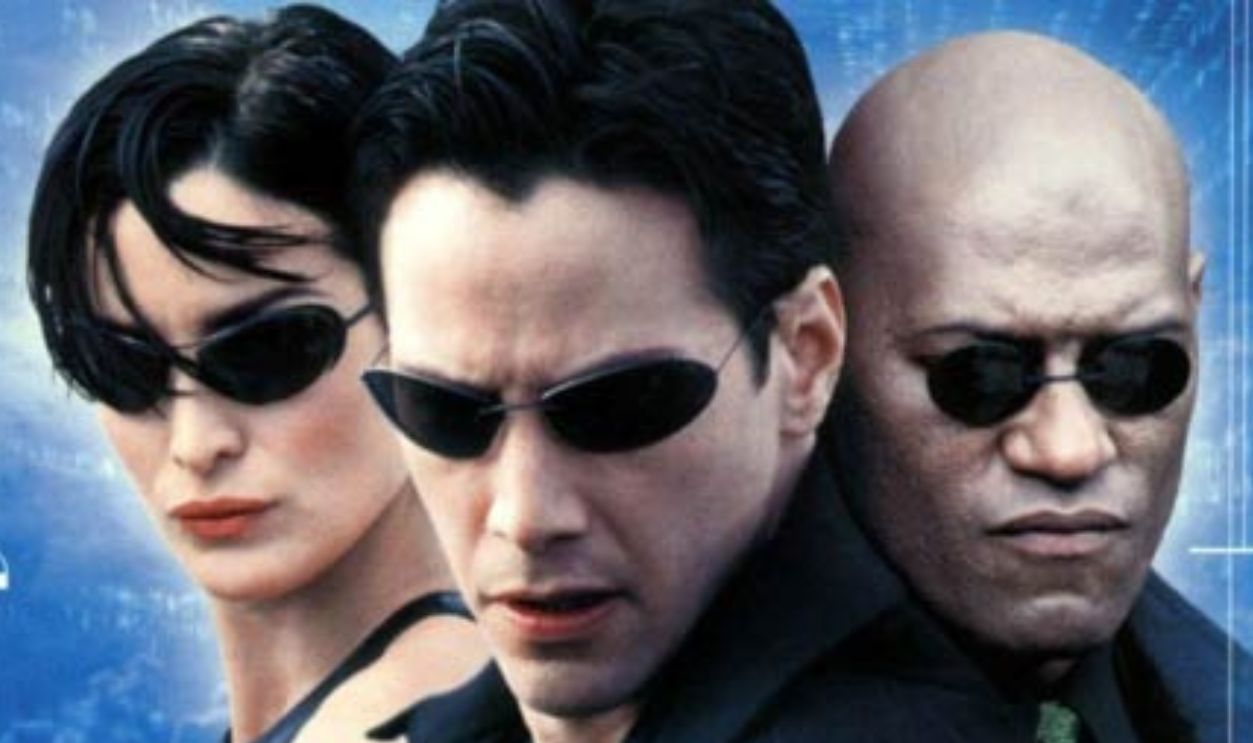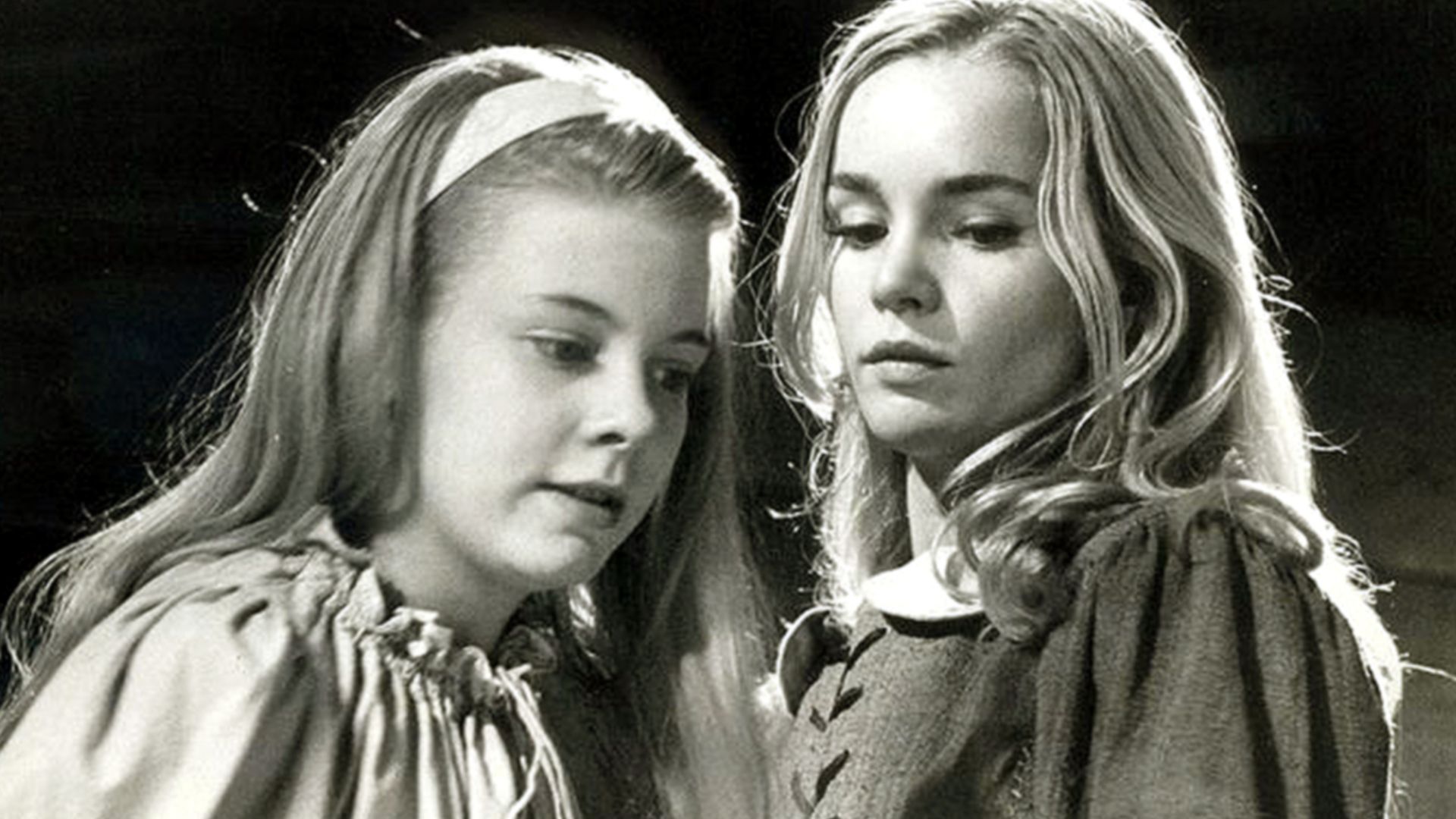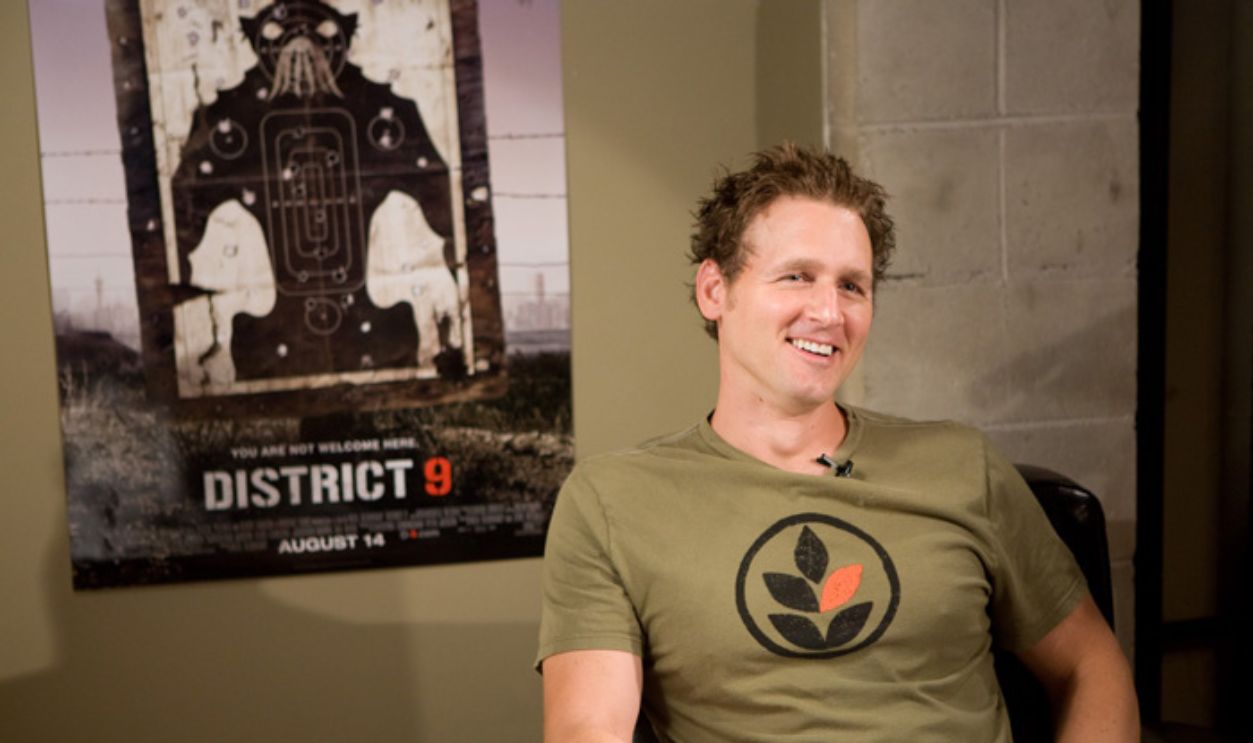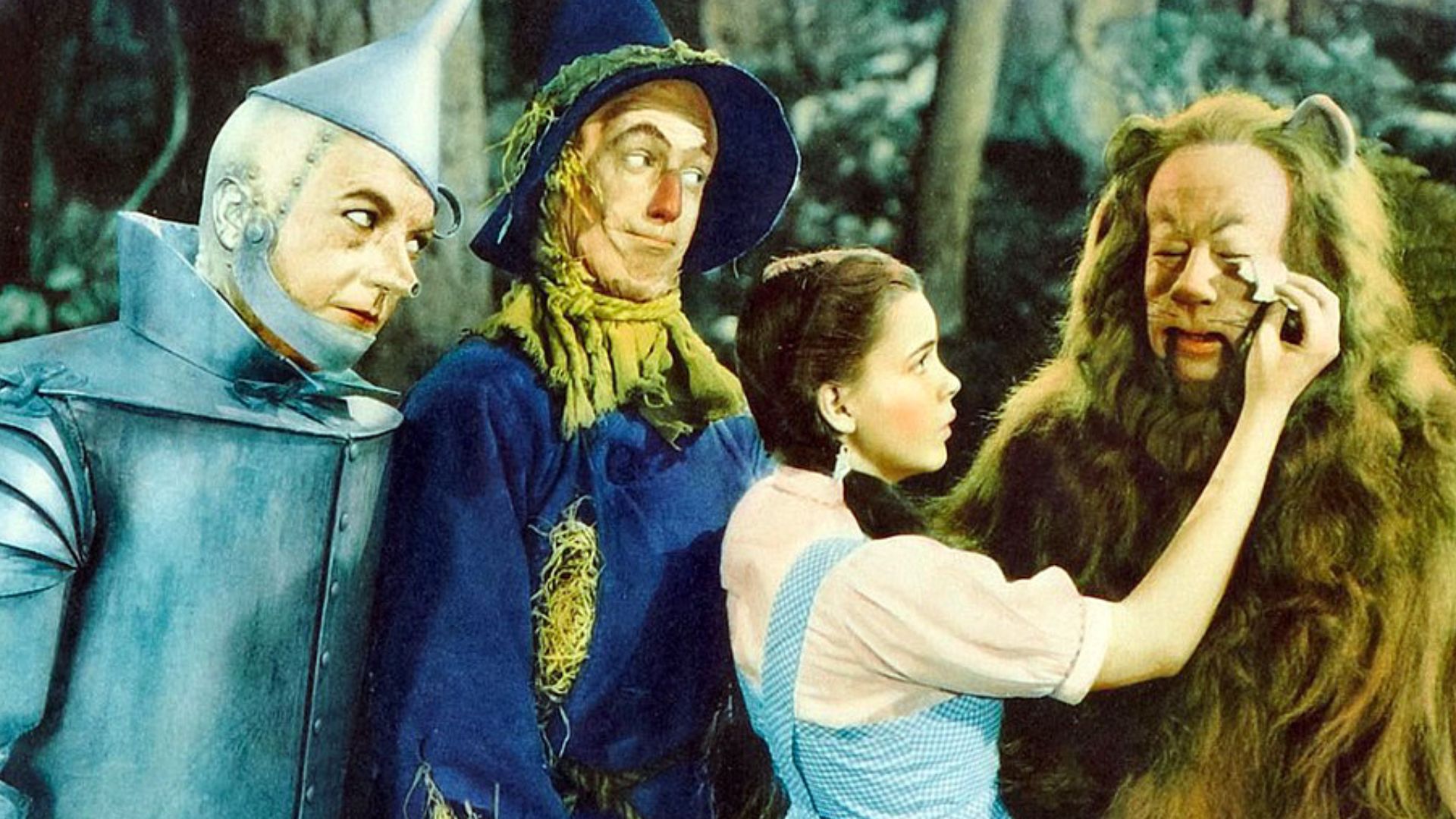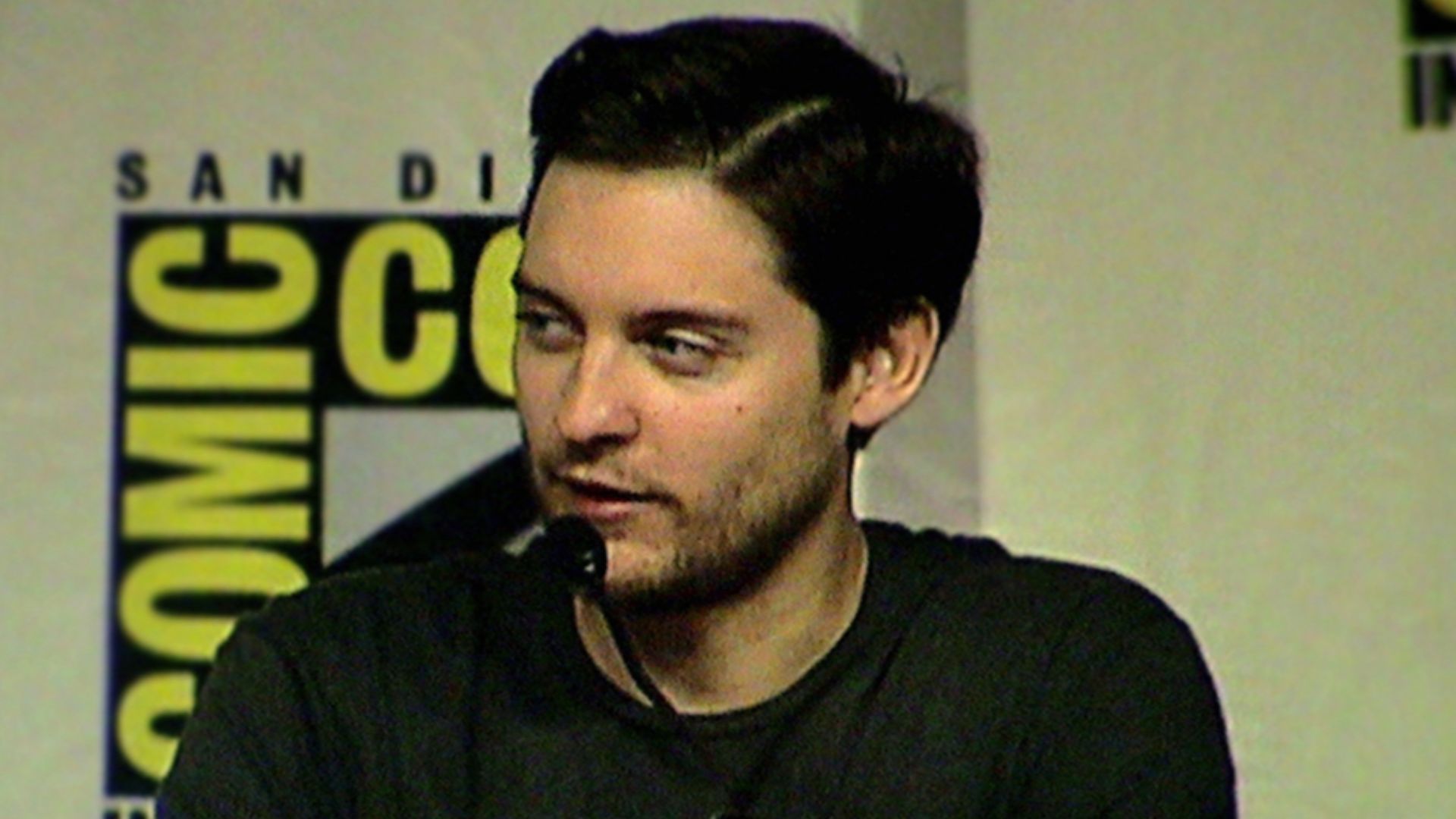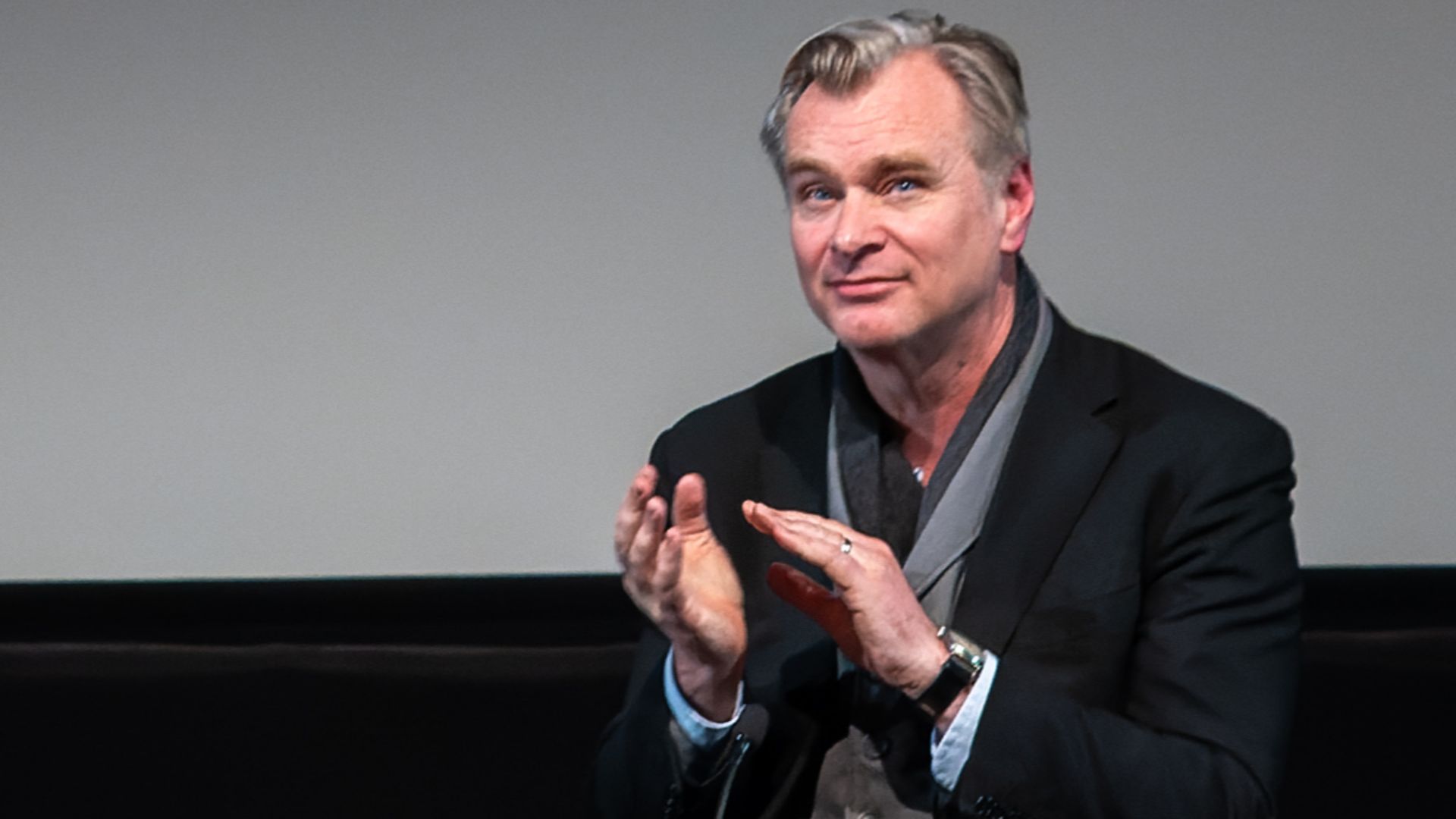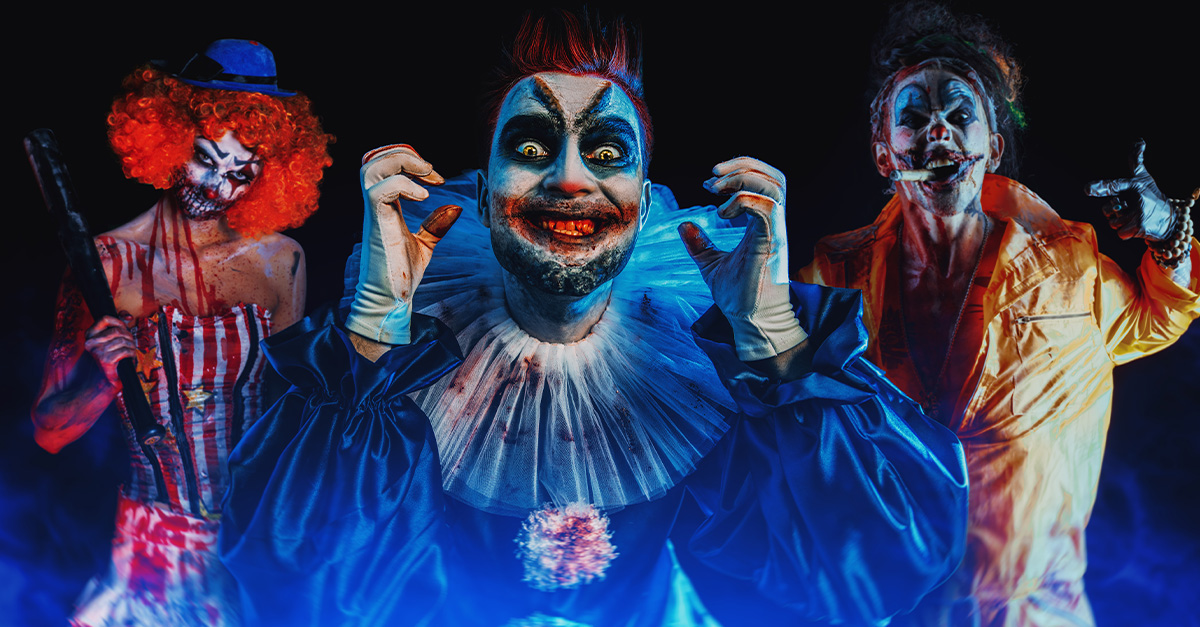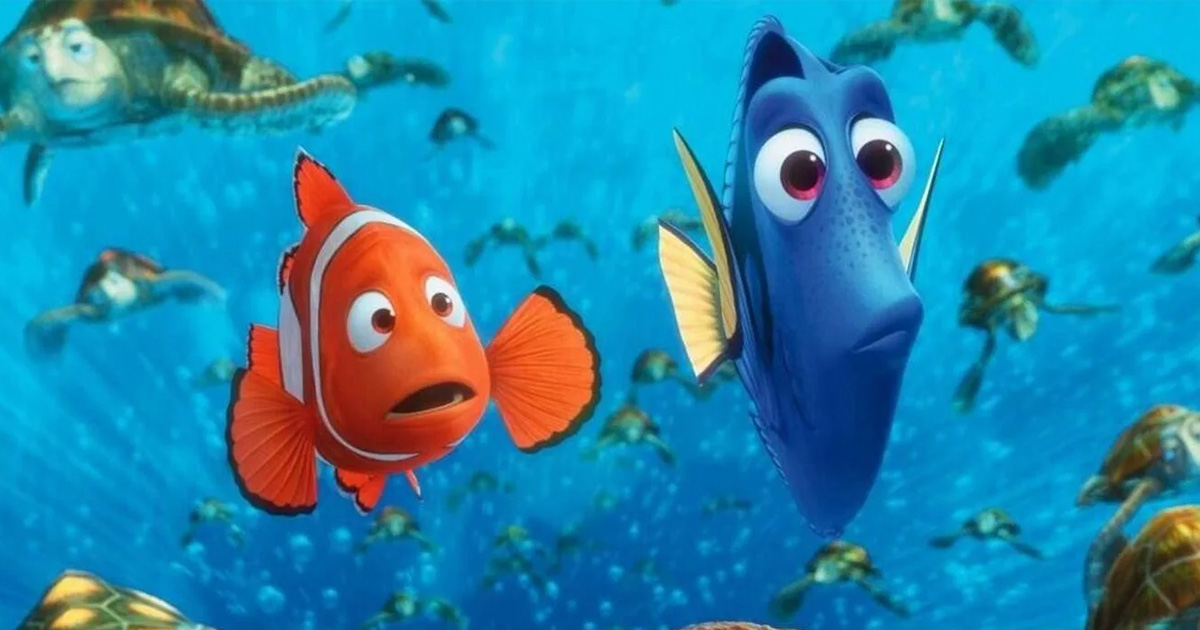The Greatest Allegorical Movies Of All-Time
Hollywood loves a good disguise — not just in costumes, but in ideas. Sometimes, the best way to tell the truth is to hide it behind a little fiction. Whether it’s political turmoil, historical trauma, or thinly veiled criticism of real figures, some of cinema’s most creative works have doubled as allegories for actual events. Beneath the explosions, talking animals, or surreal dreamscapes lie biting commentaries about real-world issues that the filmmakers might not have dared to depict directly.
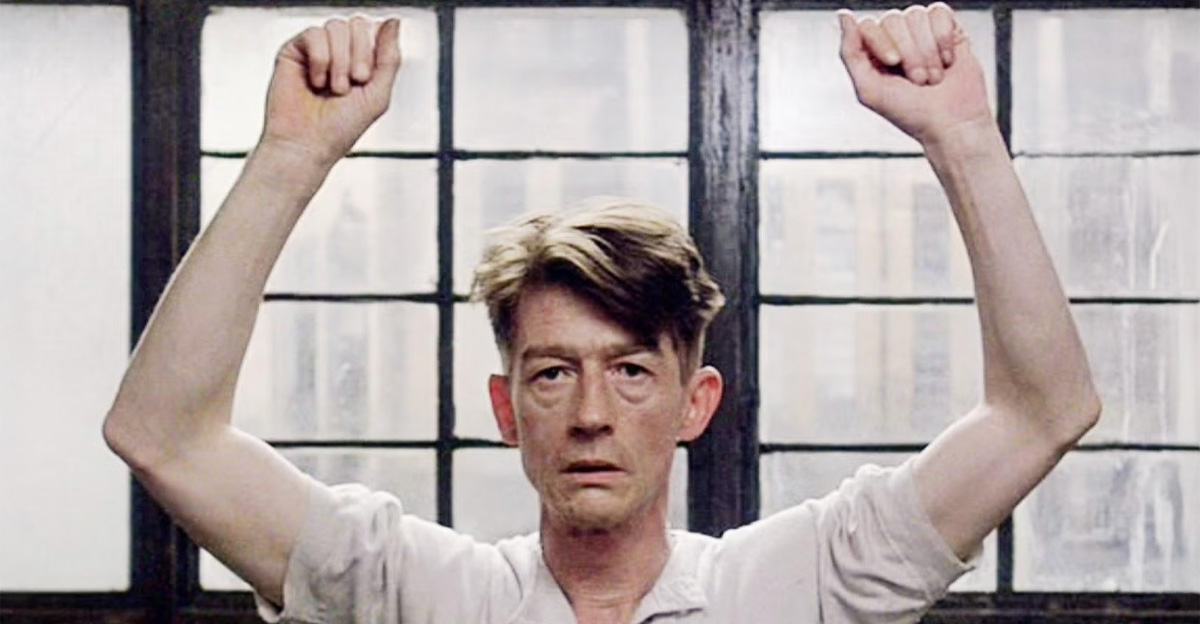
The Lord of the Rings
While J.R.R. Tolkien denied direct allegory, it’s hard to ignore the shadow of World War I and II across Middle-earth. The One Ring evokes the corrupting power of absolute control, and Mordor’s industrialized war machine feels eerily like the Western Front. Peter Jackson’s adaptations bring that grim resonance to life — the mud, the brotherhood, the cost of “victory.”
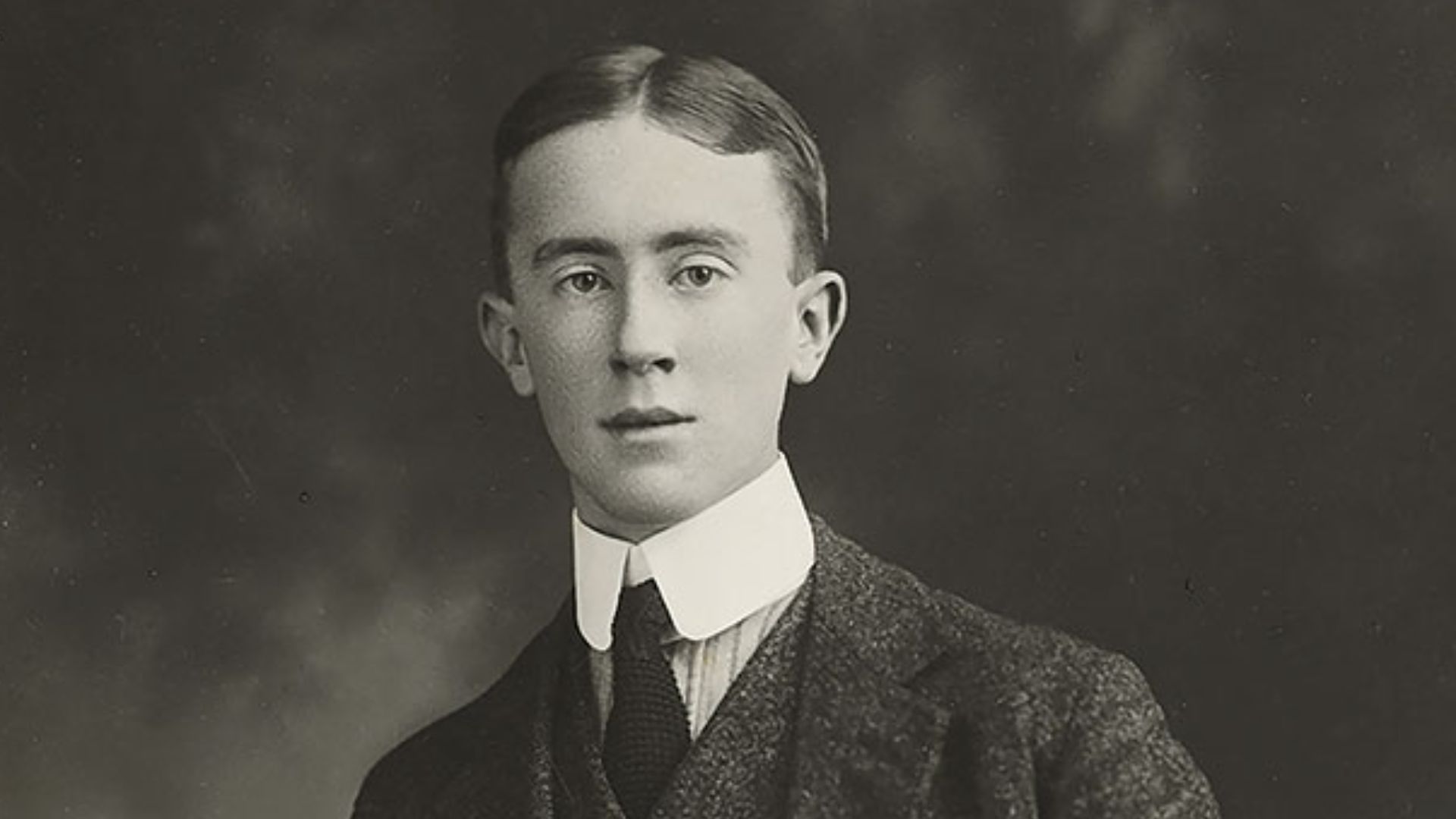 Unknown author, Wikimedia Commons
Unknown author, Wikimedia Commons
Invasion of the Body Snatchers
Beneath its sci-fi horror trappings, this Cold War classic reflected America’s fear of communist infiltration — or, depending on your perspective, the conformity of McCarthyism. Either way, it was about losing your individuality to ideology, an idea that still haunts viewers decades later.
 Allied Artists, Wikimedia Commons
Allied Artists, Wikimedia Commons
Animal Farm
George Orwell’s fable was already a parable for Stalinism, but the animated adaptation doubled down, turning barnyard rebellion into a surprisingly dark Cold War propaganda piece — financed, as it turns out, by the CIA. Sometimes allegory meets irony in the strangest ways.
The Matrix
Beneath the cyberpunk visuals and bullet time, The Matrix is a story about awakening — politically, philosophically, and personally. It’s been read as an allegory for everything from capitalism’s dehumanization to trans identity (something the Wachowskis have since confirmed was intentional). The red pill wasn’t just an effect — it was enlightenment in capsule form.
Pan’s Labyrinth
Guillermo del Toro’s haunting fairy tale intertwines myth with fascist Spain. The young heroine’s fantastical trials parallel the horrors of Franco’s regime — showing how imagination becomes both a refuge and resistance when the real world turns monstrous.
 GuillemMedina, Wikimedia Commons
GuillemMedina, Wikimedia Commons
Avatar
James Cameron’s sci-fi epic is a thinly veiled retelling of colonial conquest and environmental exploitation. The Na’vi’s struggle mirrors the plight of Indigenous peoples around the world, from the Americas to the Pacific. Pandora is paradise lost to corporate greed — with a dash of 3D spectacle.
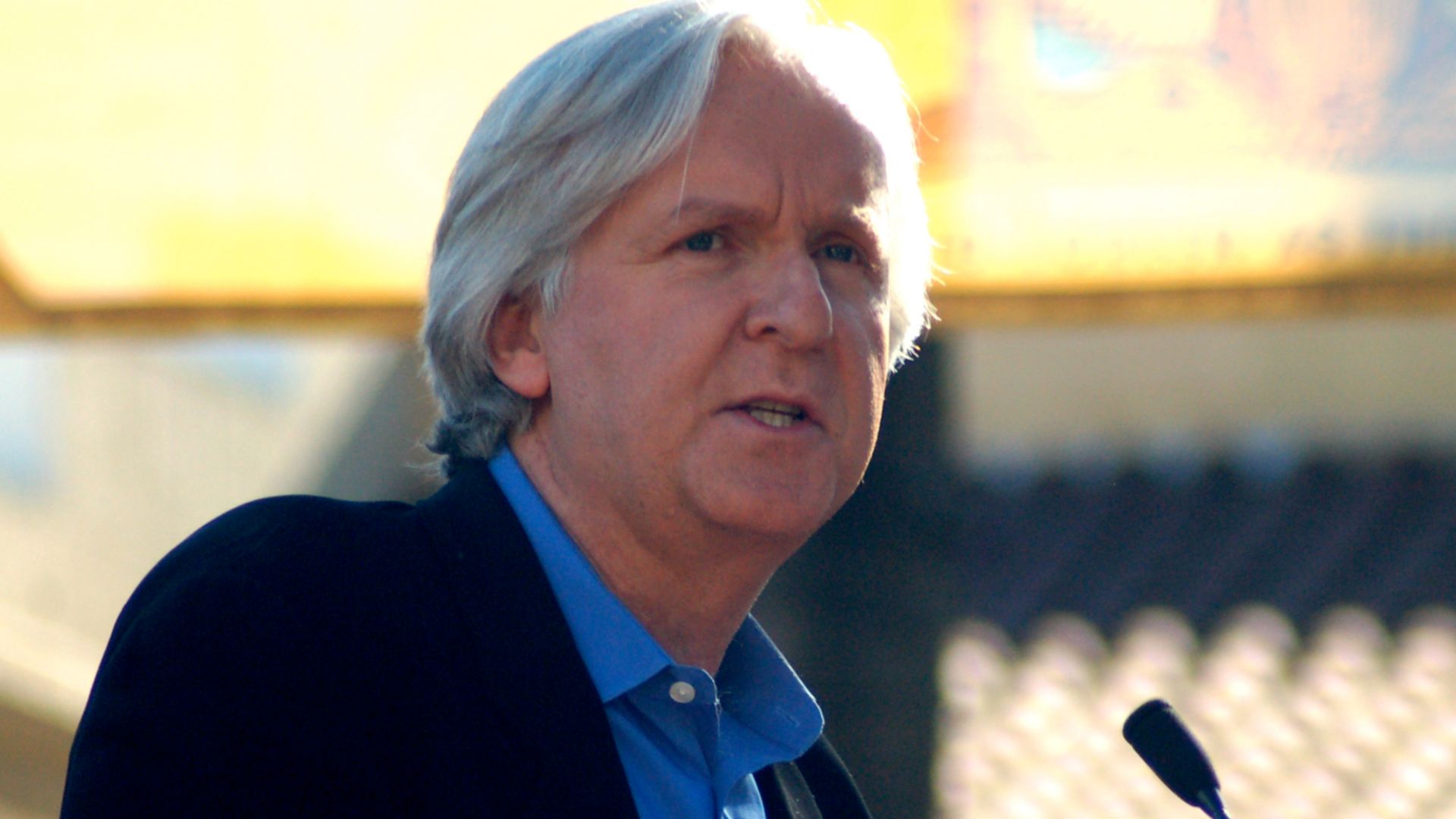 Angela George at https://www.flickr.com/photos/sharongraphics/, Wikimedia Commons
Angela George at https://www.flickr.com/photos/sharongraphics/, Wikimedia Commons
The Crucible
Adapted from Arthur Miller’s play, this retelling of the Salem witch trials was written as a direct response to McCarthy-era witch hunts. In both 1692 and 1950, paranoia reigned supreme, and innocence was no protection. The film is a timeless warning about the danger of moral panics.
District 9
Set in Johannesburg and filled with aliens, this film is really about apartheid. The segregated, persecuted “prawns” of District 9 embody South Africa’s racial divisions, while the protagonist’s transformation into one of them literalizes empathy — and accountability — in a way few allegories dare.
The Wizard of Oz
It’s more than a Technicolor dream. Many historians interpret The Wizard of Oz as an allegory for late 19th-century American populism, with the Yellow Brick Road symbolizing the gold standard and the Emerald City standing in for political illusion. Whether or not it was intentional, the film’s symbols shine with surprising economic subtext.
The Truman Show
Long before reality TV hit its peak, Peter Weir’s The Truman Show foresaw our surveillance-obsessed culture. Truman Burbank’s idyllic life, secretly manufactured for an audience, mirrors our modern addiction to curated realities and digital voyeurism. Truman’s escape isn’t just from a dome — it’s from our collective screen.
 Piotr Drabik, Wikimedia Commons
Piotr Drabik, Wikimedia Commons
Jaws
Steven Spielberg’s shark thriller wasn’t just about a man-eating fish. It’s been read as an allegory for the Watergate-era crisis of leadership — a small-town mayor suppressing bad news for political gain, sound familiar? The unstoppable predator becomes the lurking consequence of denial.
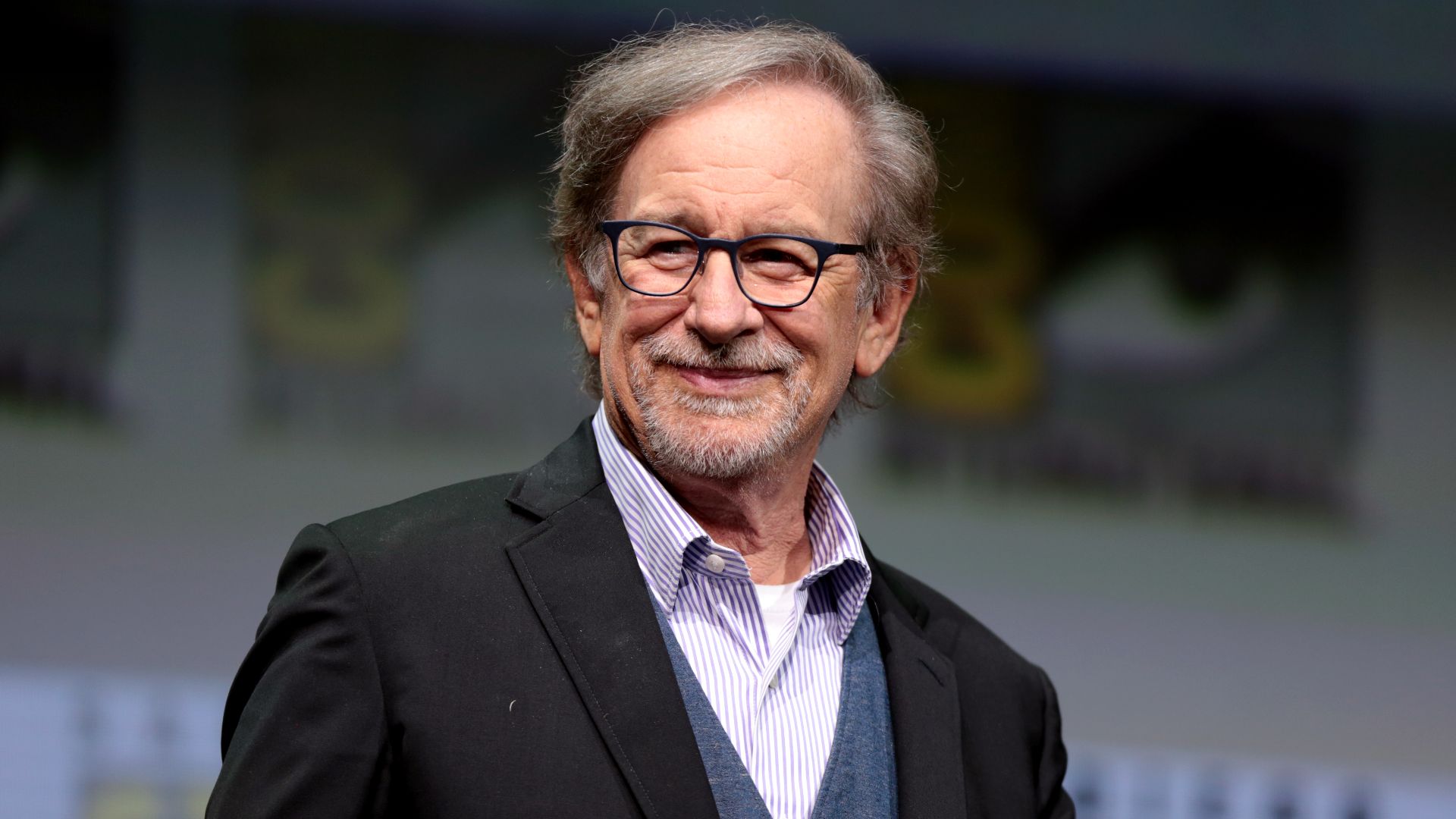 Gage Skidmore from Peoria, AZ, United States of America, Wikimedia Commons
Gage Skidmore from Peoria, AZ, United States of America, Wikimedia Commons
The Lion King
While it’s easy to see The Lion King as pure Disney magic, its Shakespearean DNA — Hamlet in fur — also ties to real African politics. Some critics see parallels to the struggles for power and renewal in post-colonial nations, with Scar’s reign representing the dangers of corruption and ecological neglect.
 Edgar Meritano, Wikimedia Commons
Edgar Meritano, Wikimedia Commons
The Day The Earth Stood Still
A flying saucer lands, a mysterious visitor warns humanity to change or die — it’s an unmistakable Cold War sermon. Fear, weapons, and global mistrust were the real monsters here. In a time when nuclear annihilation loomed large, the message was simple: evolve, or vanish.
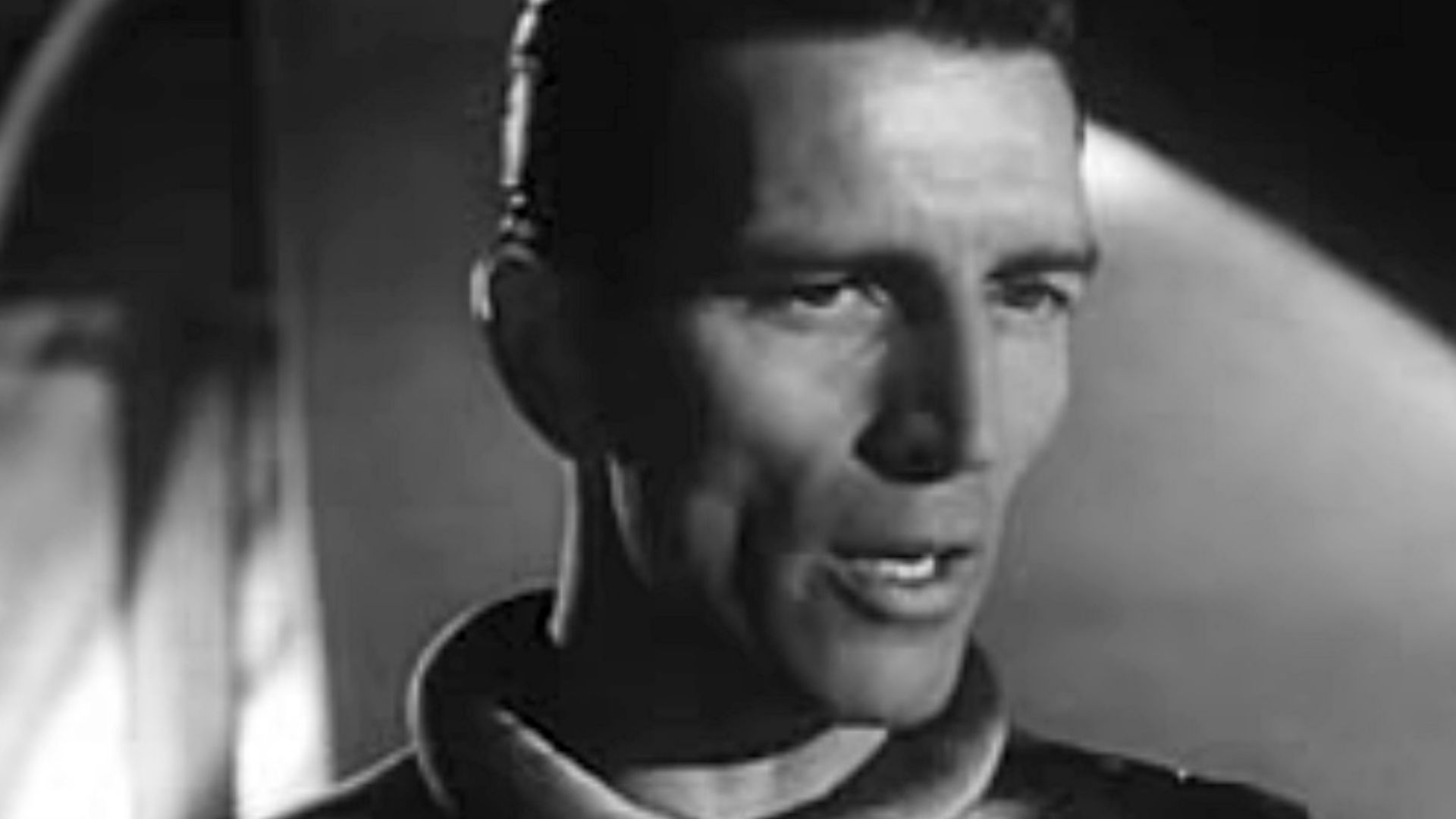 20th Century Fox, Wikimedia Commons
20th Century Fox, Wikimedia Commons
The Hunger Games
Suzanne Collins’ dystopian vision — and its cinematic counterpart — reflects the extremes of wealth inequality, reality television, and authoritarian spectacle. Panem is Rome reborn, where bread and circuses keep the masses distracted while power consolidates behind the scenes.
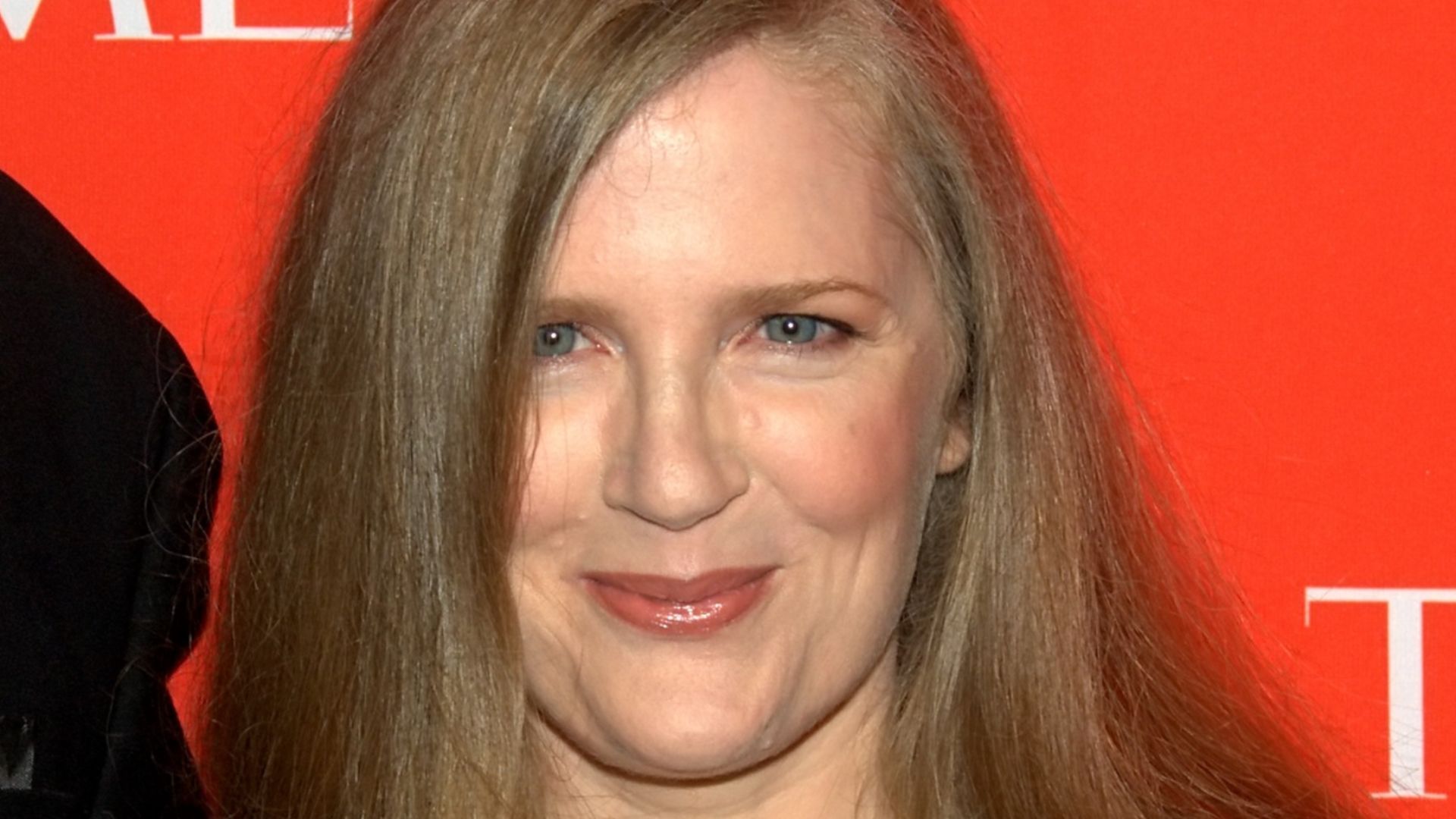 David Shankbone, Wikimedia Commons
David Shankbone, Wikimedia Commons
Snowpiercer
A train circling a frozen Earth becomes a microcosm of class struggle. Bong Joon-ho’s Snowpiercer uses sci-fi absurdity to examine how systems of inequality persist, even when civilization collapses. It’s Marxism on wheels, and the tracks go in a perfect, merciless circle.
Starship Troopers
Paul Verhoeven’s hyper-violent space satire was widely misunderstood as gung-ho militarism — when it was actually mocking it. Behind the fascist uniforms and propaganda reels lies a biting commentary on how societies glorify war while losing their humanity.
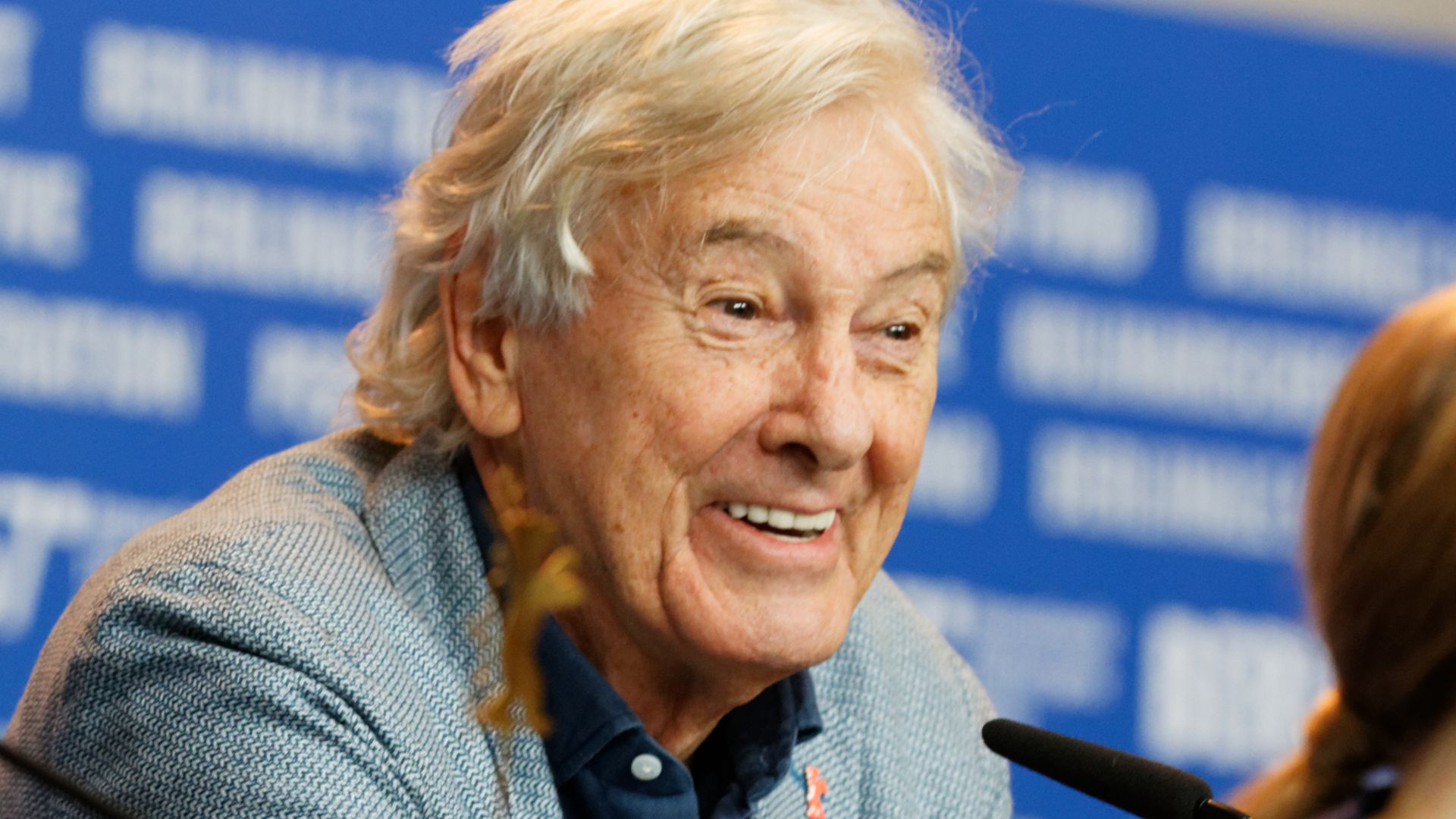 Maximilian Bühn, Wikimedia Commons
Maximilian Bühn, Wikimedia Commons
Pleasantville
A black-and-white sitcom world slowly turns to color as its inhabitants awaken to complexity, emotion, and sin. Pleasantville is a sly allegory for mid-century America’s cultural repression and the Civil Rights Movement. When the world gets color, the censors panic — and the meaning is clear.
The Iron Giant
This animated gem, set in the 1950s, isn’t just about a boy and his robot — it’s about fear and compassion in the nuclear age. The Iron Giant’s final sacrifice reflects Cold War anxieties and a longing for peace in a time obsessed with mutually assured destruction.
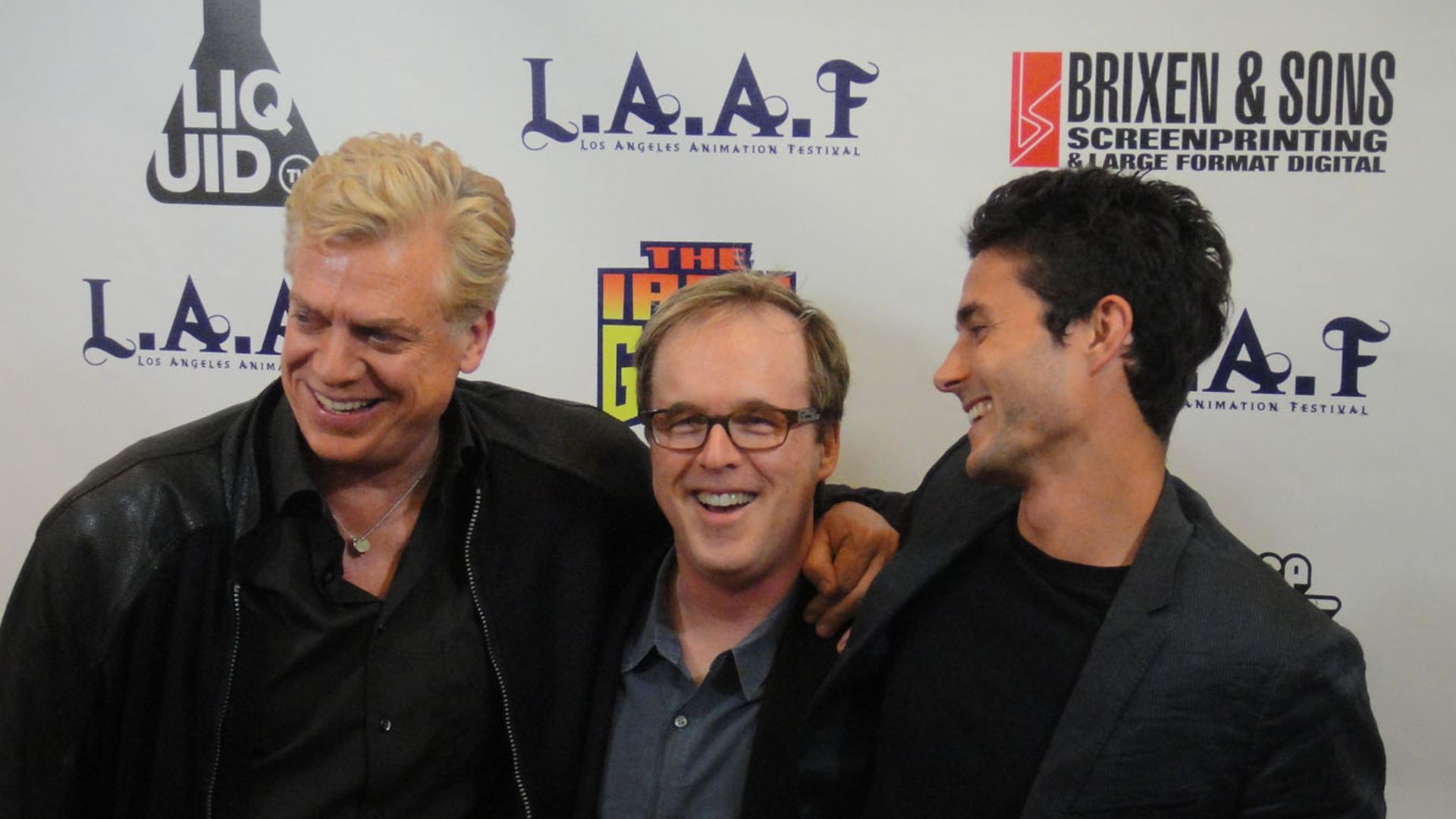 The Conmunity - Pop Culture Geek from Los Angeles, CA, USA, Wikimedia Commons
The Conmunity - Pop Culture Geek from Los Angeles, CA, USA, Wikimedia Commons
Get Out
Jordan Peele’s genre-defining horror hit isn’t subtle — and that’s the point. The film’s “sunken place” and grotesque liberal racism allegorize the ongoing commodification and exploitation of Black identity in post-Obama America. It’s social horror that finally made the invisible visible.
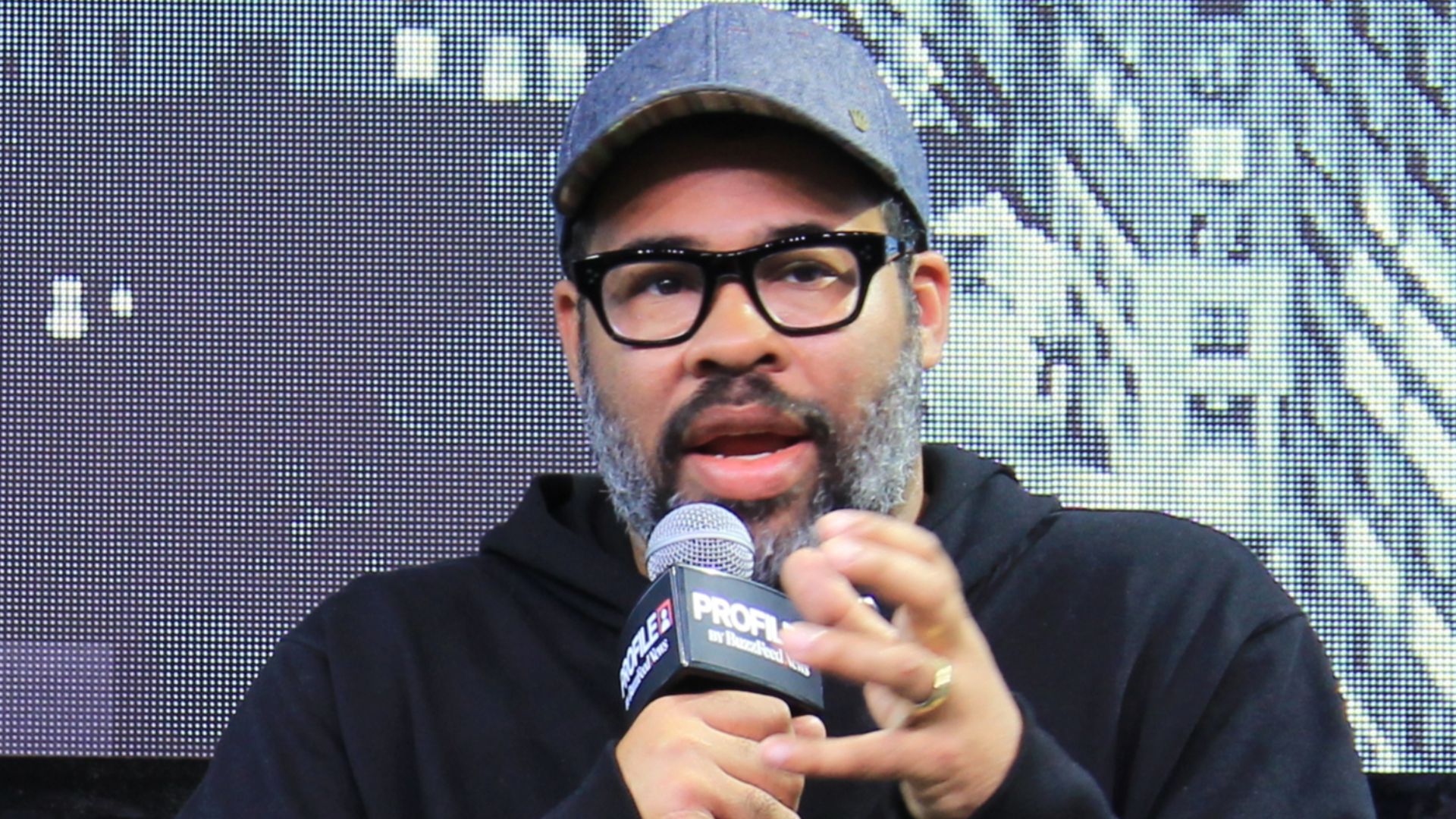 Daniel Benavides from Austin, TX, Wikimedia Commons
Daniel Benavides from Austin, TX, Wikimedia Commons
The Shape of Water
Another del Toro masterpiece, this time reimagining Cold War paranoia through a love story between a mute woman and an amphibious creature. The government’s brutality and the era’s social repression become the true monsters — love, empathy, and otherness win instead.
 LucaFazPhoto, Wikimedia Commons
LucaFazPhoto, Wikimedia Commons
The Babadook
At first glance, it’s just a horror about a creepy pop-up book. But the Babadook itself is grief — unprocessed, relentless, and always lurking in the corner. Director Jennifer Kent transformed the trauma of loss into a monster movie that makes therapy feel cinematic.
 Photo by Camille Griner
Cropped by RanZag (original version), Wikimedia Commons
Photo by Camille Griner
Cropped by RanZag (original version), Wikimedia Commons
Don’t Look Up
Adam McKay’s satire of a comet heading for Earth isn’t exactly subtle, but neither is the real-world crisis it lampoons: climate change (and our refusal to take it seriously). With politicians spinning catastrophe into memes, it’s a chillingly funny reflection of our apocalyptic denialism.
 Harald Krichel, Wikimedia Commons
Harald Krichel, Wikimedia Commons
The Purge
Behind the masked violence lies a brutal socioeconomic critique. The Purge’s “one night of freedom” exposes a system rigged for the rich, where the poor are sacrificed to maintain order. It’s not a horror of chaos — it’s a horror of control.
 Elena Ternovaja, Wikimedia Commons
Elena Ternovaja, Wikimedia Commons
Parasite
Bong Joon-ho’s Oscar-winning masterwork doesn’t just comment on class divide — it dissects it, vivisects it, then buries it in a basement. Every level of the Park house represents a layer of privilege, and every inch below ground hides the truth society refuses to face.
 Kinocine PARKJEAHWAN4wiki, Wikimedia Commons
Kinocine PARKJEAHWAN4wiki, Wikimedia Commons
Oppenheimer
Christopher Nolan’s biopic doesn’t hide its allegory — it’s a mirror for our own technological hubris. The bomb becomes the ultimate metaphor for scientific ambition without moral foresight. As Oppenheimer stares into the fire of creation, we see Silicon Valley, AI, and every modern Prometheus who thought they could control what they built.
The Real World Beneath the Reel
Cinema, at its core, has always been political — not in slogans, but in symbols. From Oz’s golden road to Pandora’s glowing forests, movies remind us that the truth often hides in plain sight. The next time you’re watching a blockbuster or cult classic, ask yourself: what’s really being said beneath the surface? You might just find history repeating — frame by frame.
You May Also Like:
You're Forced To Choose One Movie Duo To Watch Forever, Which Of These Iconic Ones Do You Choose?
The Funniest Parody Movies Of All Time
Every Film Fan Needs To Check These Iconic Black & White Movies Off Their List



